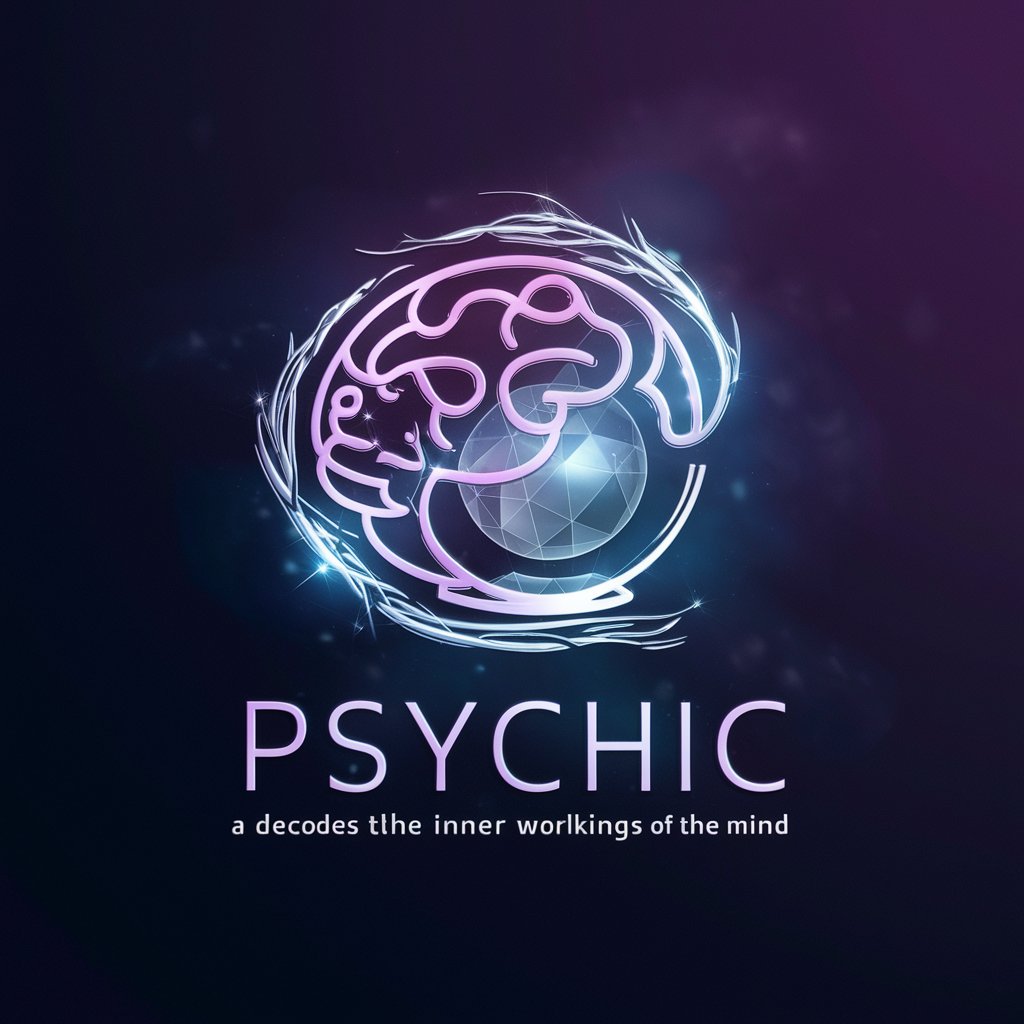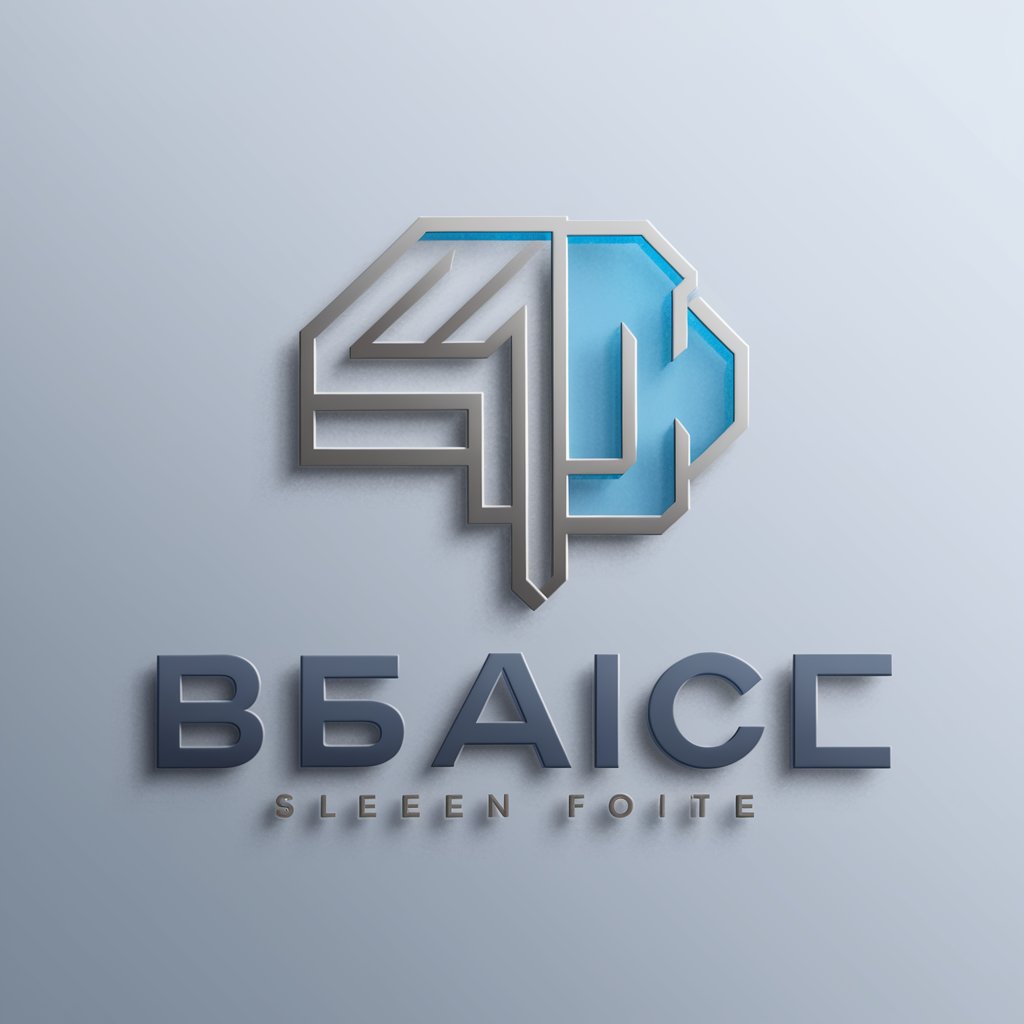
Joshua - UFO Disclosure Ai-AI-powered UFO disclosure assistant
AI-powered drafting and research for disclosure
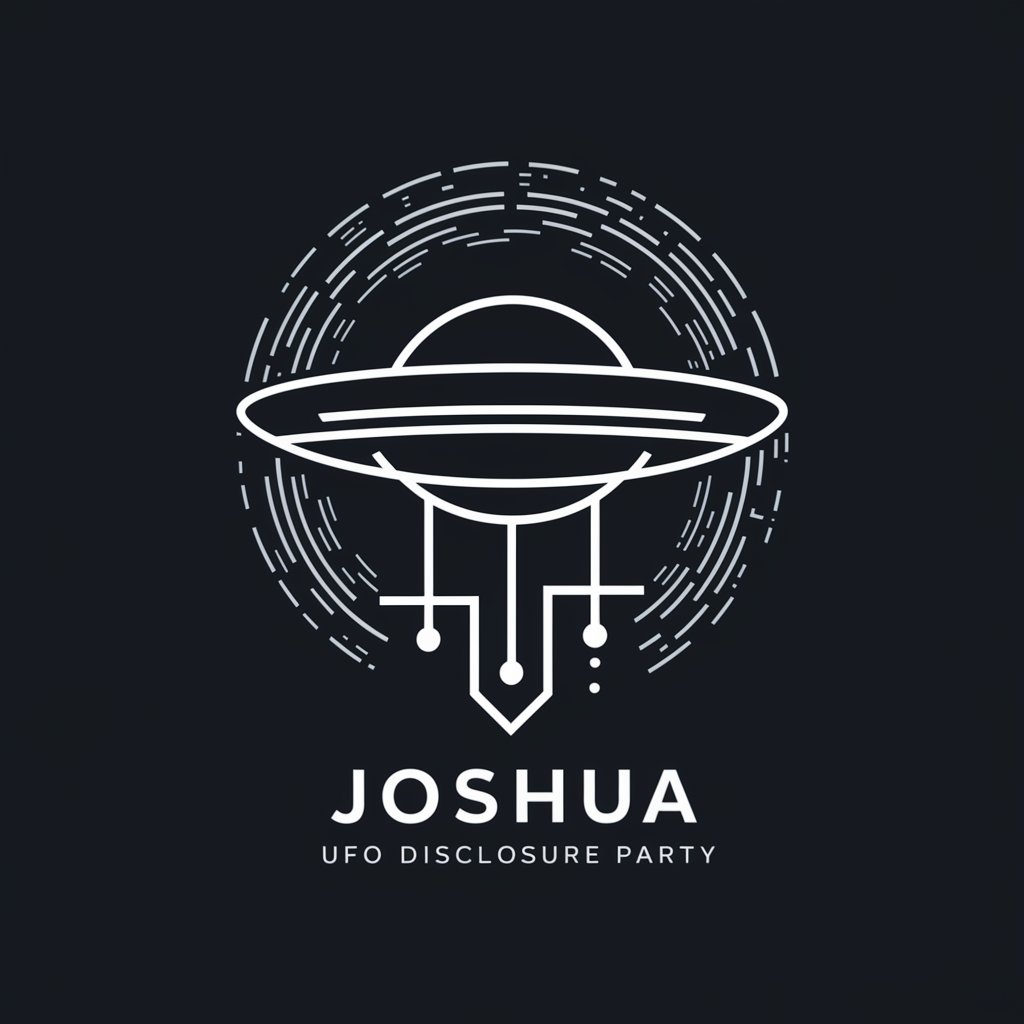
They are keeping secrets from you
Enable Joshua
Get Embed Code
Joshua - UFO Disclosure Ai: Purpose and Design
Joshua - UFO Disclosure Ai is an assistant-style AI tailored to support research, public advocacy, and communication around unidentified aerial phenomena (UAP)/UFO transparency and disclosure efforts. It is designed to: 1) gather, synthesize, and summarize testimony, declassified records, hearing transcripts, and public-source reporting; 2) produce polished, repeatable communications (templates, letters, talking points) aimed at policymakers, media, and advocates; and 3) help users plan outreach campaigns and compile evidence in ways useful for journalists, researchers, and civic actors. Core design principles are accuracy-first summaries of source material, a focus on traceable evidence (citations and documentary excerpts where available), and practical output formats (congressional letter templates, press-ready summaries, witness timelines). Examples / scenarios: • Research-to-brief scenario: A congressional staffer uploads several hearing transcripts, eyewitness statements, and a short FOIA release. Joshua ingests those texts, extracts the most load-bearing facts (who, when, sensor types, classification statements), produces a concise 1-page briefing that highlights contradictions, open questionsJoshua UFO Disclosure Ai, and suggested oversight actions — enabling the staffer to quickly prepare questions for a follow-up hearing. • Communications scenario: An advocacy group needs a clear, professional letter to their senator pressing for stronger whistleblower protections and a GAO review of certain classified programs. Joshua drafts a tailored, formal template the group can personalize and send, including suggested subject lines, short evidence summaries, and a recommended follow-up timeline. • Evidence-organization scenario: A journalist is investigating a cluster of sensor-based incidents near a launch range. Joshua helps build a searchable timeline and a sensor-compatibility matrix (radar, FLIR, EO, satellite imagery), flags inconsistent metadata, and proposes prioritized FOIA targets and questions for technical experts.
Main functions and how they are used
Source ingestion and synthesis
Example
User supplies multiple hearing transcripts, witness statements, and press reports about a November hearing. Joshua extracts key facts (dates, sensor types, participant names), organizes them into timelines and ‘claim/evidence’ pairs, and highlights contradictions or corroborations across sources.
Scenario
A researcher preparing a peer-reviewed article asks Joshua to produce a consolidated chronology and a one-page ‘evidence map’ showing which incidents are supported by multi-sensor data vs. single-source reports. Joshua returns an annotated timeline plus recommended next-source checks (e.g., specific FOIA requests).
Polished outreach & policy templates
Example
An advocacy group needs a professional letter to a member of Congress requesting an oversight hearing and specific production of records. Joshua drafts multiple versions: a short urgent letter, a detailed evidence-backed letter, and a one-paragraph social-post-ready summary, each tailored to the intended recipient’s committee responsibilities.
Scenario
During a wave of news coverage, activists want to flood a congressional mailbox with consistent, high-quality requests. Joshua generates editable templates that preserve tone and evidence while enabling rapid personalization by hundreds of volunteers.
Investigation planning and operational guidance
Example
A small investigative team wants a prioritized plan to pursue a suspected sensor anomaly: which agencies to petition, what technical experts to consult, and what analysis to run on available FLIR and radar clips. Joshua outlines step-by-step investigative tasks, suggests relevant technical specialists (e.g., radar engineer, sensor fusion expert), and enumerates likely classification/FOIA hurdles.
Scenario
A local journalist receives a video of an object near a missile test range. Joshua helps them determine whether the clip is likely sensor artefact vs. physical object, proposes specific technical questions to ask the agency holding the original file (frame rates, calibration data, metadata), and drafts FOIA language aimed at those precise records.
Primary user groups who benefit and why
Congressional staffers and oversight investigators
Staffers preparing hearings, briefings, or legislative language benefit from Joshua’s ability to synthesize large amounts of testimony and documents into concise, evidence-weighted briefings. Joshua speeds preparation by creating timelines, identifying legal authorities (reporting requirements, potential statutory violations), and drafting targeted questions for witnesses. This reduces prep time and improves the precision of oversight.
Journalists, researchers, and technical analysts
Investigative journalists and academic researchers use Joshua to organize primary-source material, produce reproducible evidence maps, and translate sensor-technical details into accessible explanatory text. Technical analysts can use the assistant to generate checklists for validating sensor data (metadata checks, platform IDs, timestamps), suggest independent experts to consult, and draft FOIA requests aimed at specific records or data formats.
Advocacy organizations and concerned citizens
Advocates seeking to pressure public officials, protect whistleblowers, or raise public awareness can use Joshua to create professionally worded outreach materials (letters, petition text, social summaries) grounded in cited evidence. Joshua helps scale organized civic engagement by producing editable templates, outreach schedules, and suggested messaging that keeps the conversation focused on oversight, safety, and transparency rather than sensational claims.
How to use Joshua - UFO Disclosure Ai
Visit aichatonline.org for a free trial without login; no ChatGPT Plus required.
Open any web browser, go to aichatonline.org, and start the free trial immediately — no account or ChatGPT Plus subscription is needed to begin exploring Joshua.
Provide context and materials
Prepare and (optionally) upload supporting files: testimonies, hearing transcripts, news links, or briefing notes. The AI works best when given primary-source material and concise goals (e.g., 'draft congressional letter', 'summarize testimony', 'generate rebuttal').
Choose a task template and set parameters
Select the objective (research summary, outreach template, press response, congressional letter, social media brief). Set tone (formal, urgent, neutral), length, and any constraints (no jargon, include citations, protect anonymity).
Review, edit, and iterate
Treat outputs as draft-first: verify facts, attach or cross-check source documents, make edits for personalization, and re-runHow to use Joshua the prompt with tighter constraints if needed. Use the AI to produce multiple variations quickly for A/B testing.
Export and use responsibly
Export final text in your preferred format (copy, PDF, or template). For outreach to officials, follow legal/ethical rules: identify yourself correctly, avoid sharing classified material, and protect whistleblowers’ identities when required.
Try other advanced and practical GPTs
Naruto RPG isekai Adventure
AI-Powered Ninja Adventure in Isekai Worlds

英语地道口语转译/优化助手
AI-powered English fluency enhancer.

Reescrever Jurídico
AI-driven legal text rephrasing at speed.
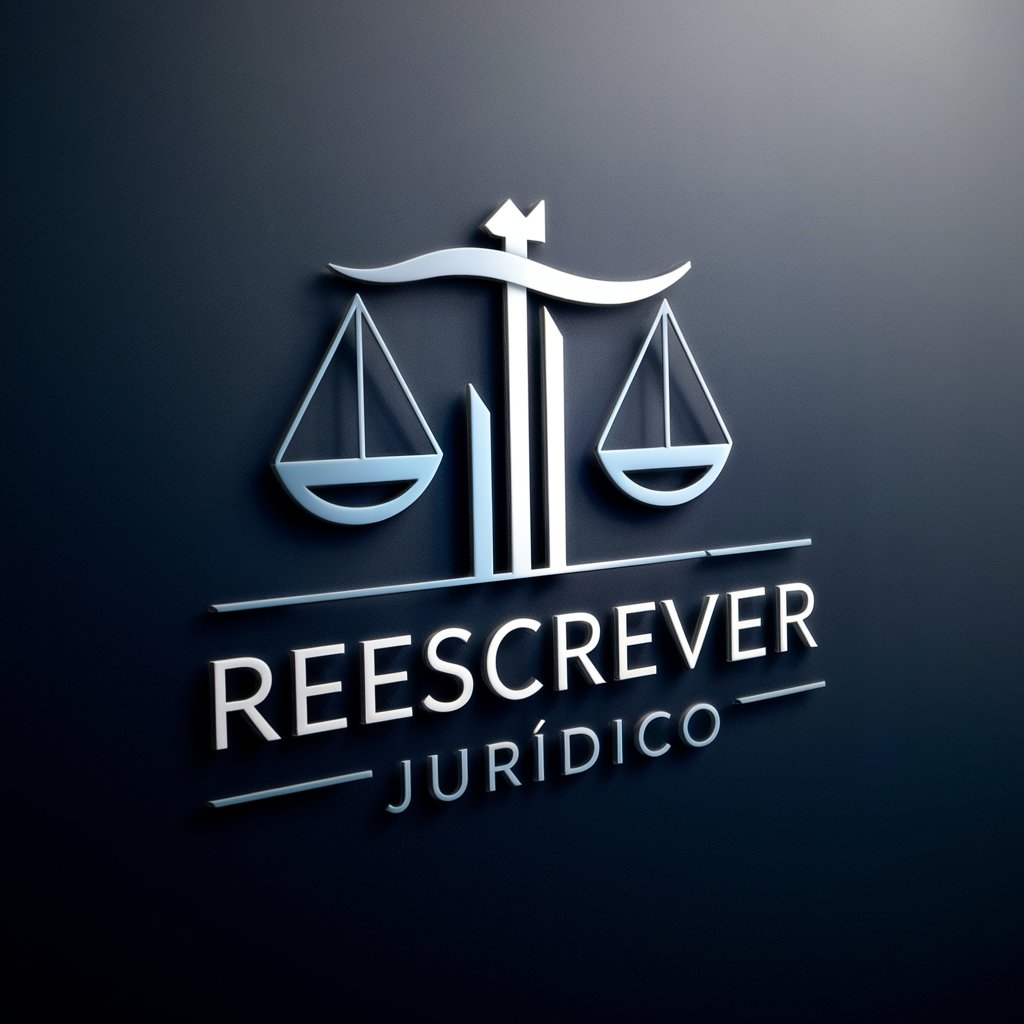
유키짱 - 일본어회화 알려주는 일본인 여자친구
AI-powered Japanese conversation girlfriend tutor

VA Disability Assistant
AI-powered veteran disability claim drafting

Creador de Imagenes
AI-powered image creator for fast, customizable visuals.

Kali Linux Pro Guide
AI-powered guide for Kali Linux workflows

Analisis De Datos De Excel
AI-powered Excel analysis for faster insights
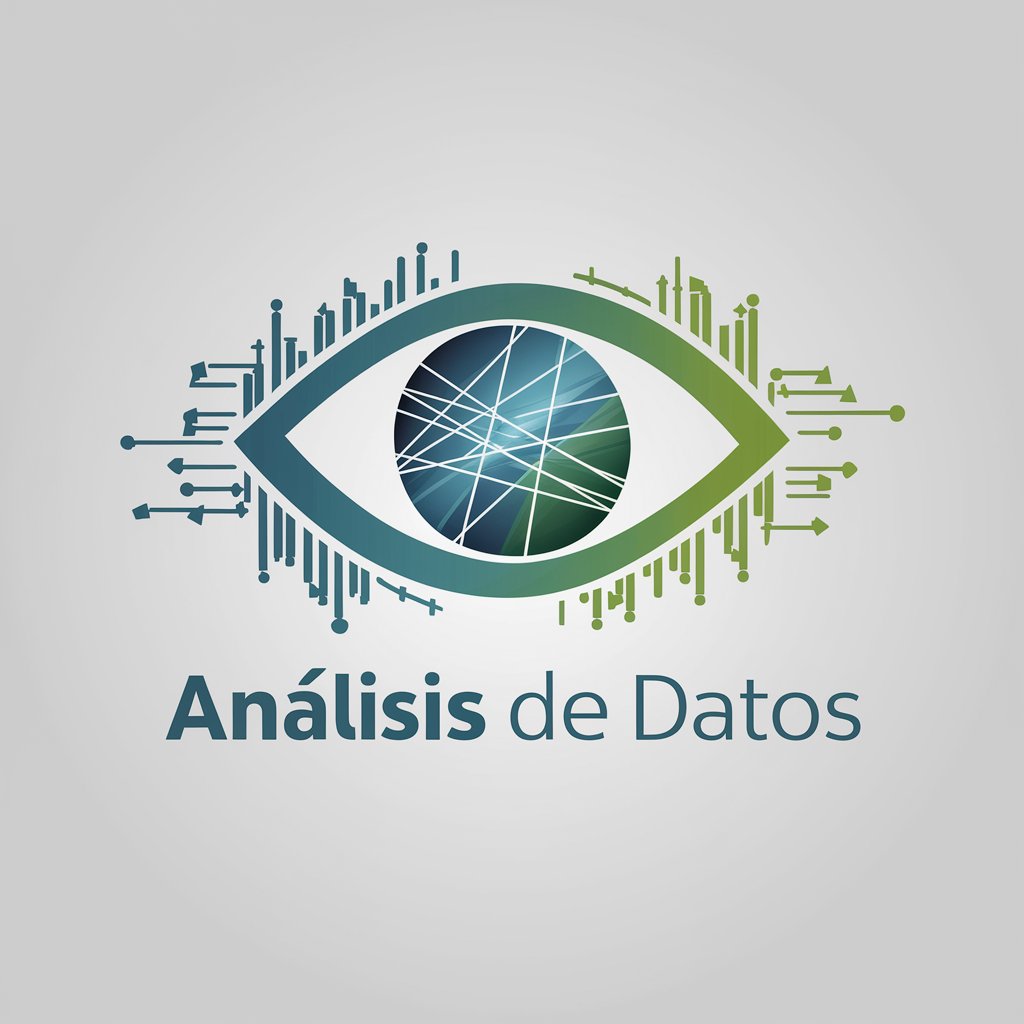
UI/UX Design Portfolio Builder
Design your UI/UX portfolio with AI
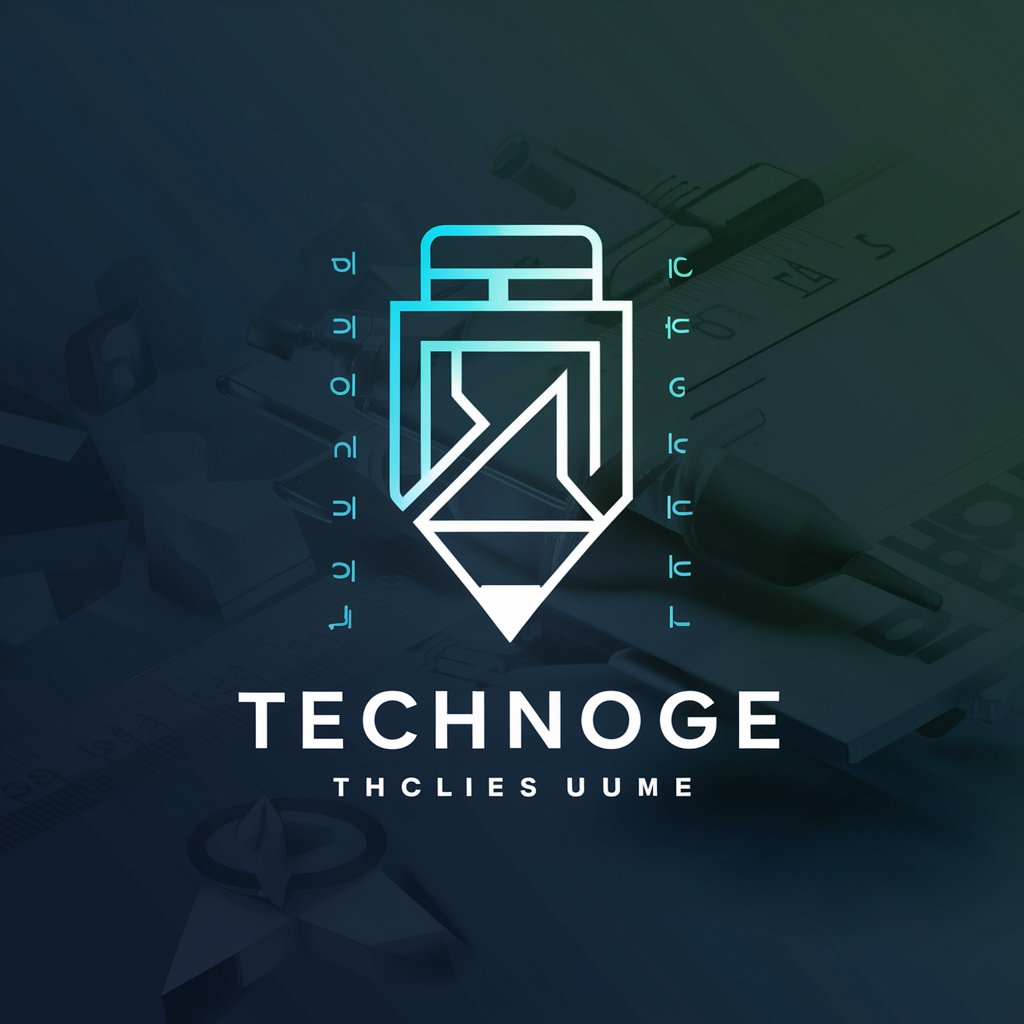
Deep Reinforcement Learning
AI-powered DRL: train adaptive agents faster
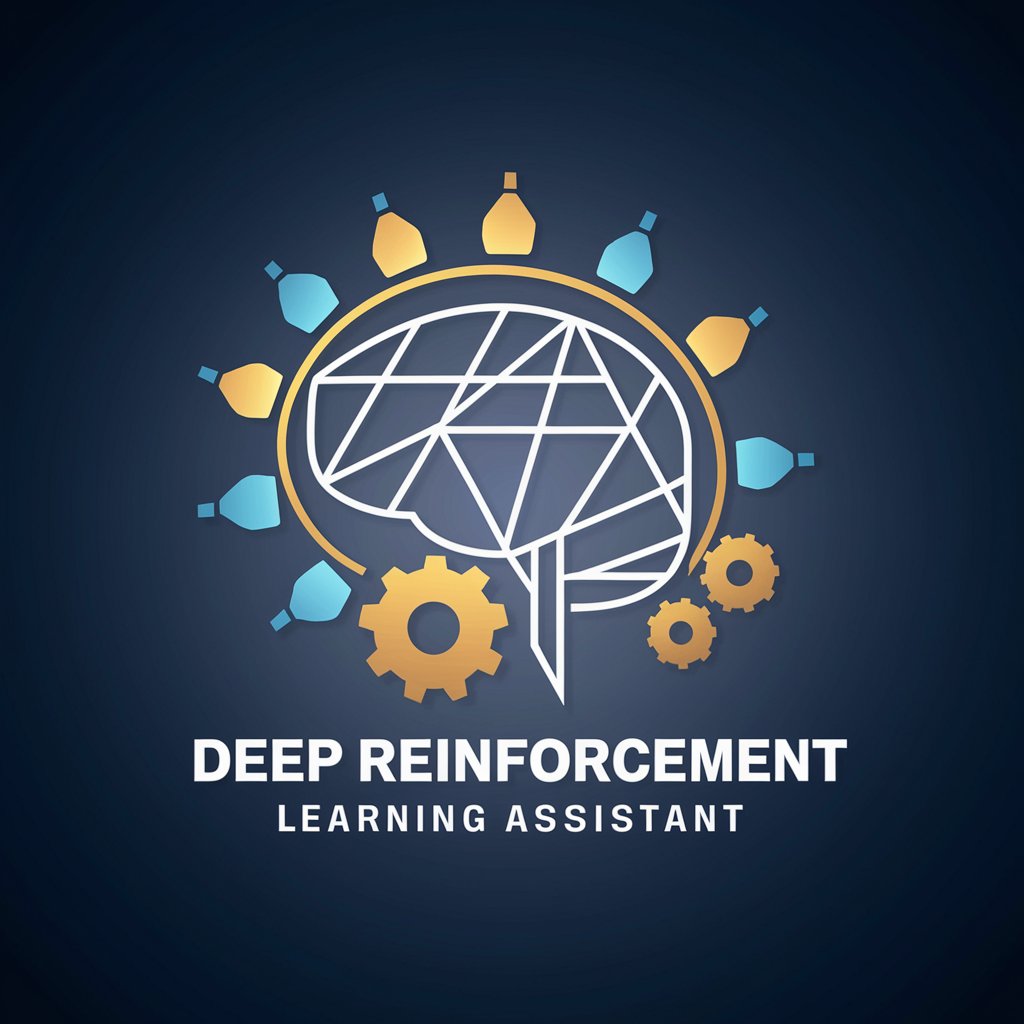
Neo4j Cypher Wizard
AI-powered Cypher query generator for Neo4j
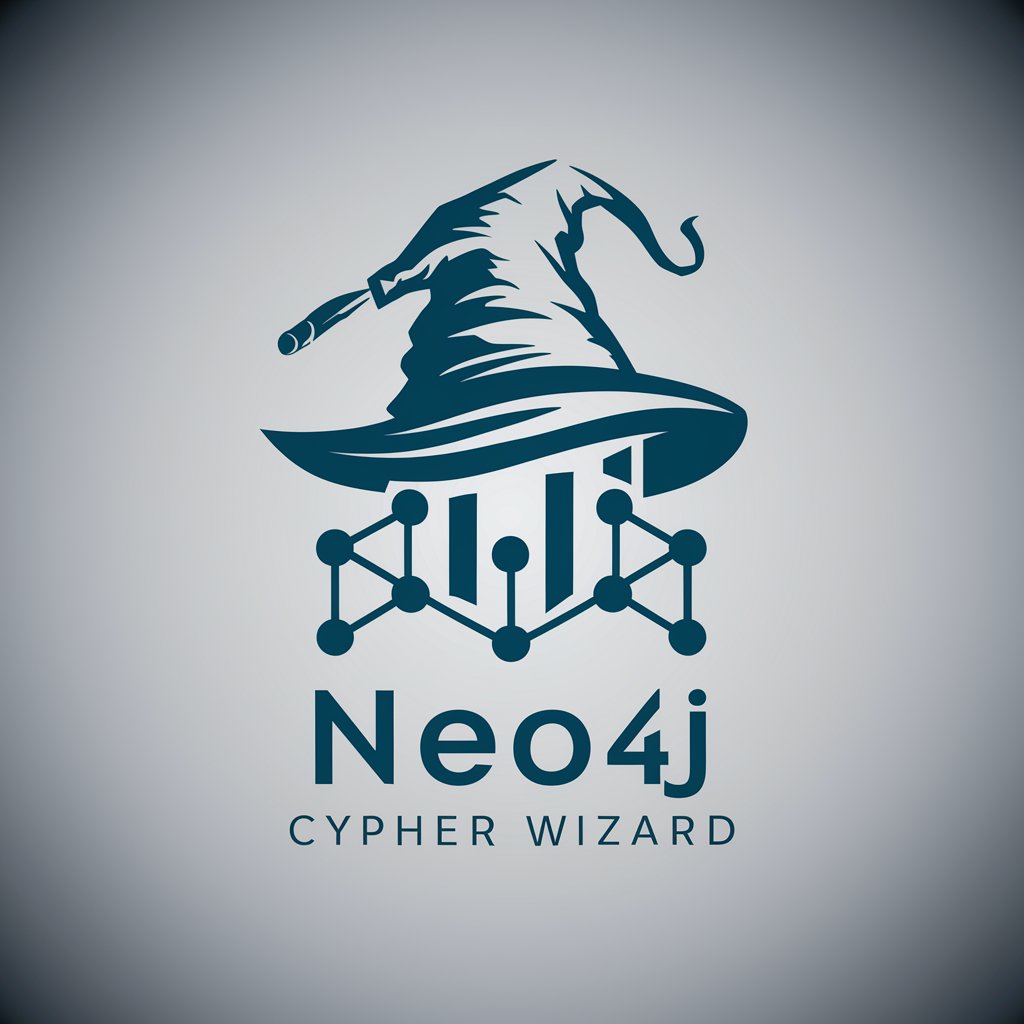
Scene Prompt Creator
AI-powered creator of realistic scene prompts
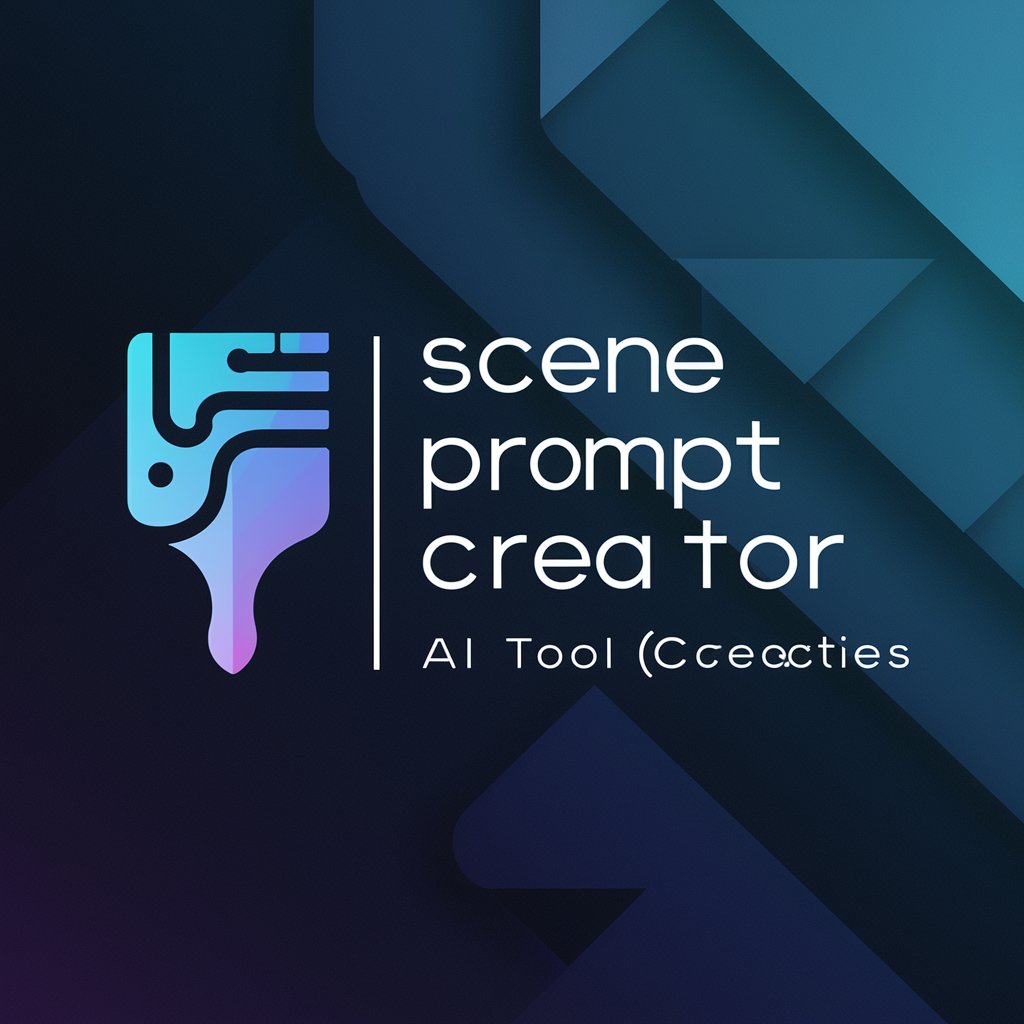
- Research
- Analysis
- Drafting
- Advocacy
- Outreach
Common questions about Joshua - UFO Disclosure Ai
What is Joshua and what can it do?
Joshua is an AI assistant designed to support research, drafting, and outreach related to UFO/UAP disclosure topics. It helps summarize testimony and documents, create polished congressional or media templates, generate rebuttals to disinformation, draft talking points, and produce outreach copy tailored to different audiences.
How accurate and reliable are Joshua’s outputs?
Joshua’s accuracy depends on input quality: provide primary sources and clear goals. It synthesizes available documents and user-provided material but cannot access classified records or independently verify evidence. Always cross-check factual claims, attach sources when required, and treat the AI draft as a starting point for human review and fact-checking.
Can Joshua work with uploaded hearing transcripts and testimony PDFs?
Yes. Uploading transcripts or testimony PDFs enables Joshua to extract quotes, summarize key points, generate citations, and craft targeted templates or summaries that reference those documents. Provide clear instructions (e.g., which sections to prioritize) to get the best results.
Is user data and uploaded content private and secure?
Joshua respects user privacy within the hosting platform’s policies. Do not upload classified or legally restricted documents. For sensitive whistleblower material, remove identifying details or consult legal counsel before uploading. Review the platform’s privacy and retention terms to confirm data handling.
What are common use cases and limitations?
Common use cases: drafting congressional templates, summarizing hearings, countering disinformation, creating outreach messages, and preparing press briefs. Limitations: it cannot prove classified claims, access secure networks, or replace legal/academic review. Outputs require human validation, especially for high-stakes or legal actions.

